Less is more: meet New York’s mindful menswear makers
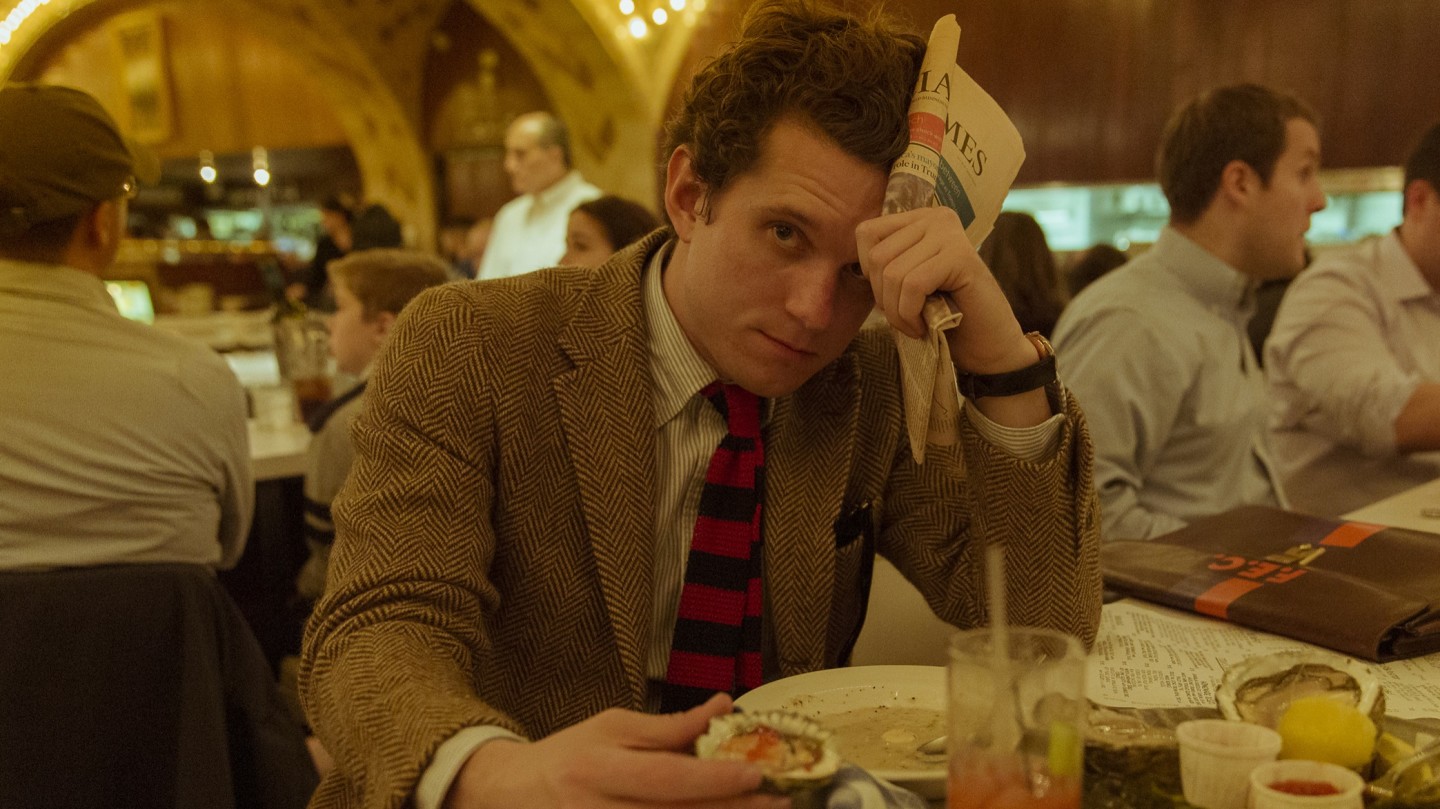
Roula Khalaf, Editor of the FT, selects her favourite stories in this weekly newsletter.
“We need to do less,” Miuccia Prada said after her s/s ’20 show last year. “There is too much fashion, too much clothing, too much of everything.” It was a prescient statement that became consensus in the months that followed: Saint Laurent, Gucci and Dries Van Noten are but a few of the brands that have abandoned traditional fashion and production schedules in light of the economic challenges 2020 has thrown up. But while the bigger houses are only now acknowledging a need to change, a cluster of small yet influential menswear labels in New York have been operating – and thriving – in a more conscientious way for years.
“We try to use the word ‘responsible’ as opposed to ‘conscious’ because it feels more concrete,” says Brendon Babenzien, the co-founder and creative director of Noah. “Even so, I’m encouraged to see the fashion business has begun to talk in these terms. Once you start speaking in a certain way, consumers pay closer attention and hold you to your promises – ultimately this forces you to be better.”
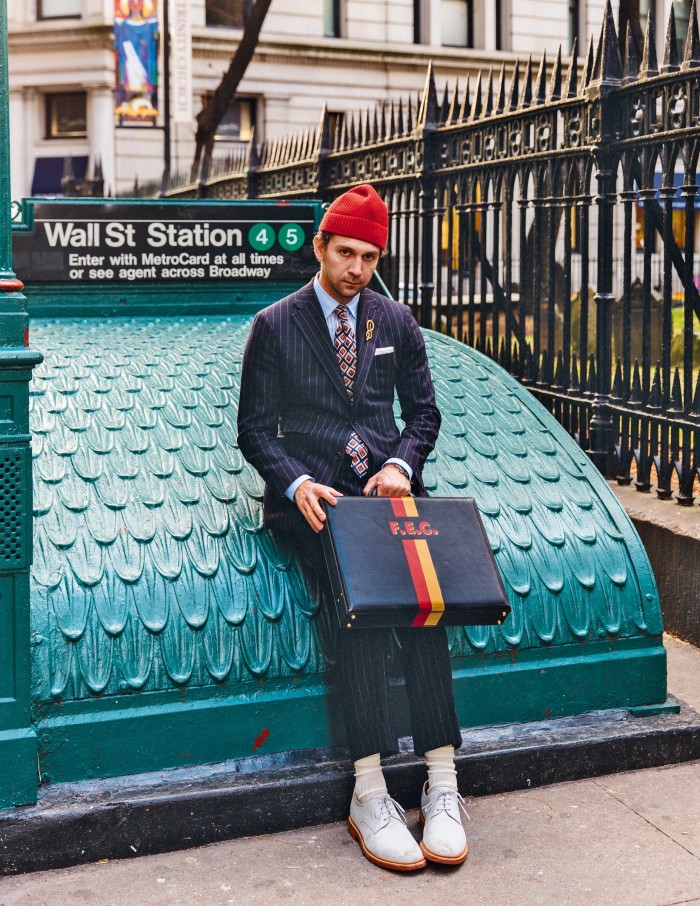
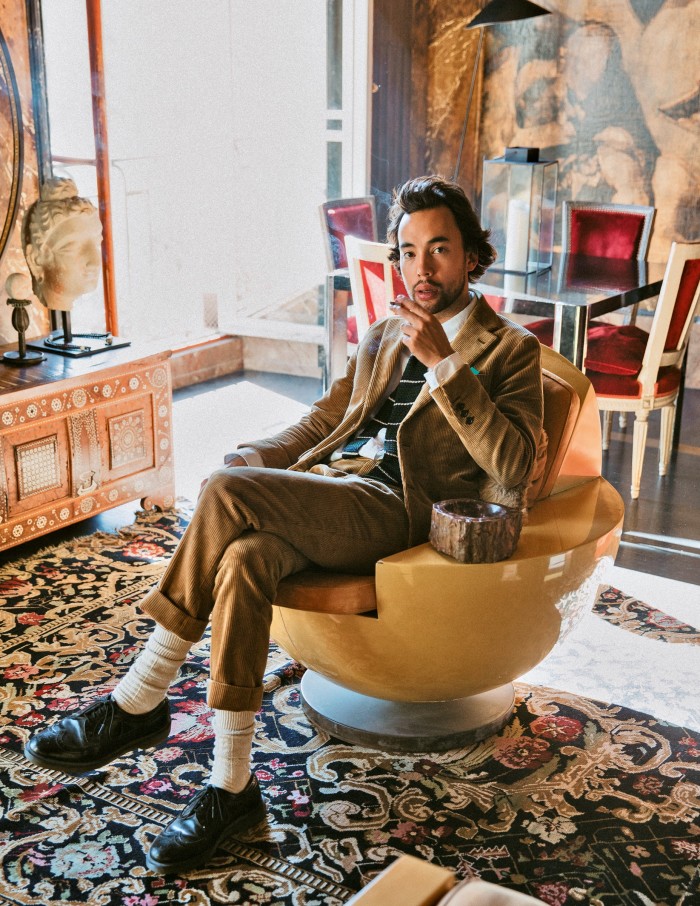
Babenzien should know. He left his role as the design director of streetwear brand Supreme five years ago, determined to establish a clothing company that “took the power back, and educated consumers about buying better products”. He’s since grown Noah into a global brand that shuns the prevailing fashion system. “Some parts of the industry have this bizarre mindset ‘if it doesn’t make money, it has no value’,” he says. “That’s crazy. There’s no cost placed on the destruction of the environment or the harm to a workforce when they’re treated like a resource to be used up, rather than people. We won’t operate in a country where we can’t properly vet the infrastructure.”
Noah doesn’t operate on a rigid seasonal retail model – instead, Babenzien’s team creates edits of five to 15 pieces that “drop” online and in-store every Thursday. Many products are made in limited quantities and sell out in days – helping Noah to keep pace with demand, rather than trying to preempt it. This also enables the brand to be responsive. If the weather’s looking good, the team might keep making summer styles into autumn rather than pushing heavy coats and knitwear while it’s still hot outside.
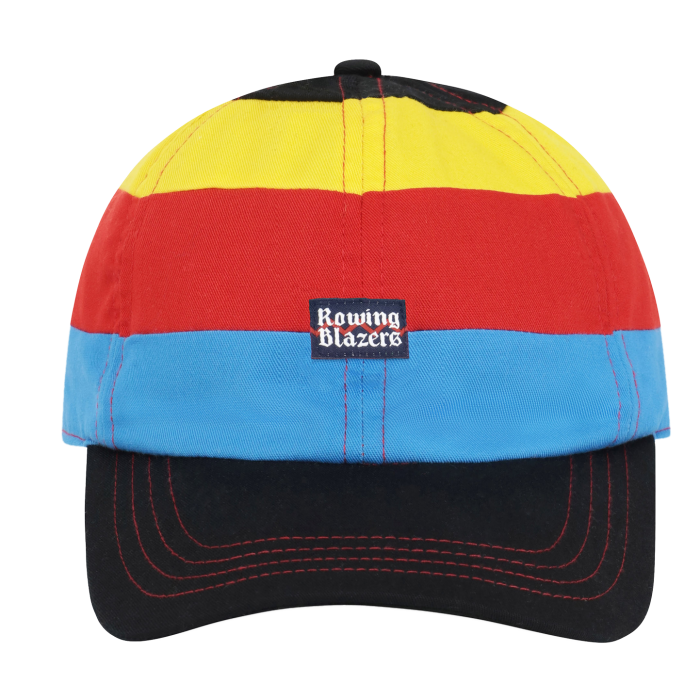
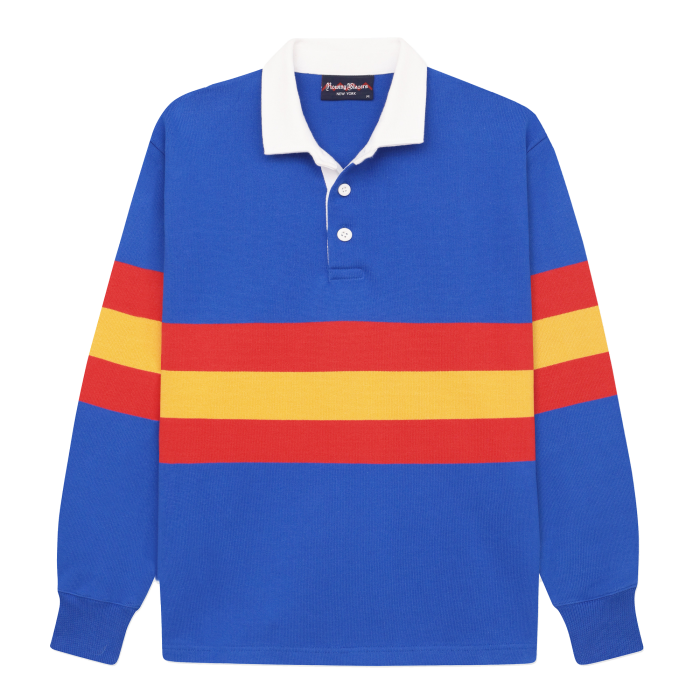
Unsurprisingly, other forward-thinking independent brands have adopted this more nimble approach. Streetwear powerhouse Aimé Leon Dore drops capsule collections and limited editions several times a season to prevent overbuying, and luxe skater brand 18 East has built its following on bi-monthly drops made using “non-mechanised hand techniques… to highlight the hands of the people behind our garments”. Rowing Blazers, which recently launched in the UK at Selfridges, also has a drop model and goes the extra mile to use up offcuts of excess blazer fabric, turning them into baseball caps and one-off End of the Day rugby shirts to ensure no raw materials go to waste.
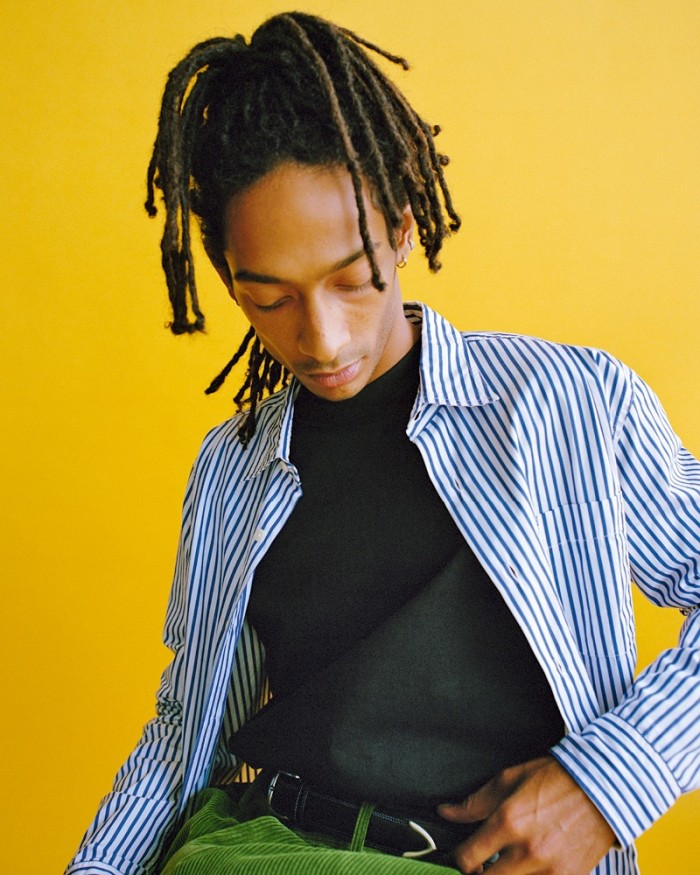
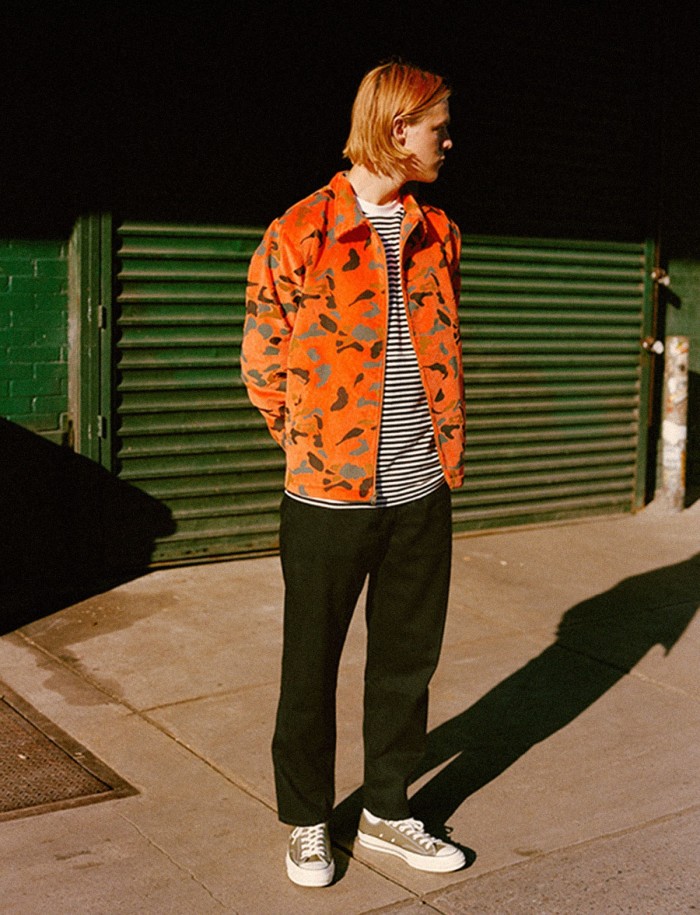
In SoHo, Stòffa, a brand known for its luxurious outerwear, trousers and knitwear, takes this thinking a step further. “I’m not saying we’re perfect,” says co-founder Nick Ragosta, “but we’ve measured our own decision-making around a very specific set of principles since the get-go – one of which is to produce our garments thoughtfully and responsibly.” To this end, Stòffa operates on a made-to-measure or made-to-order basis, rather than hold inventory, and makes all its clothes from unique, ethically woven fabrics.
“We spend years developing new products,” says the brand’s other co‑founder Agyesh Madan. “We won’t rush things, and our clients appreciate our focus on [research and development] – if we make less but better, then our clients can buy less but better.” In the spring, the brand unveiled a new made-to-order trouser programme, streamlining the process of ordering one of its core products with block sizes. Even a relatively simple project like this was a labour of love. “We’re five patterns in,” explains Madan. “It’s been a six-to-eight-month process of just shaving a few millimetres here and adding a couple there. Things like this don’t generally matter to companies that trade on volume, but for us, everything is cut for the individual.”
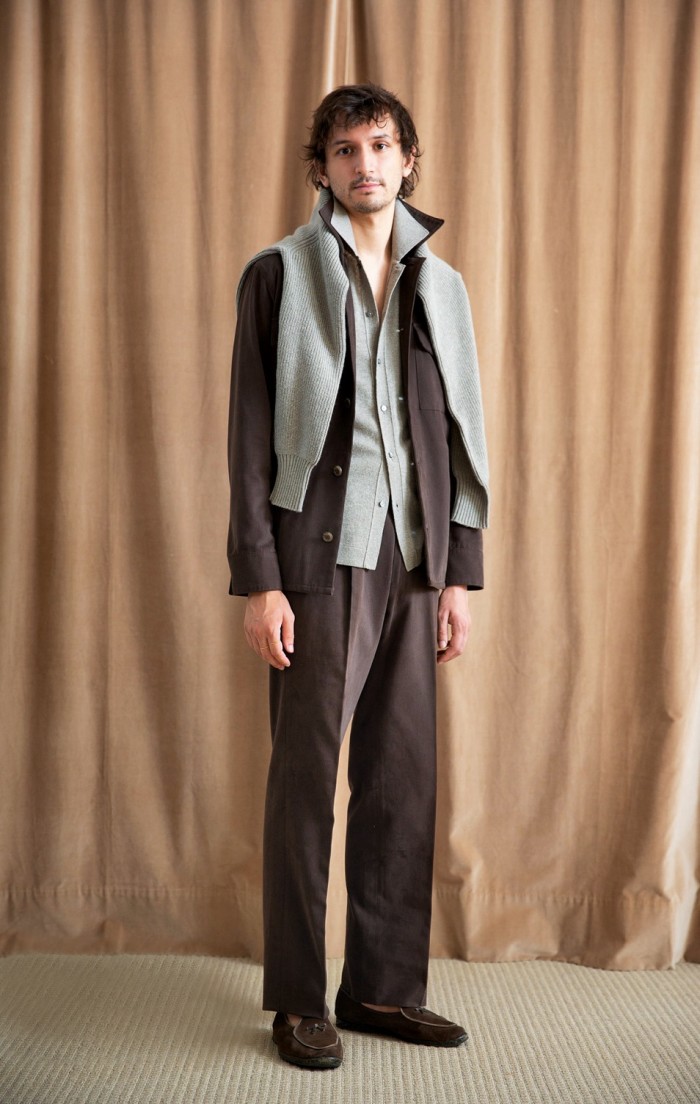
It’s a similar story with FE Castleberry, a tailoring brand known for its retro “hi-lo” aesthetic. Fred Castleberry, formerly of Ralph Lauren, founded his brand in 2015, and he’s grown it both through original marketing (see his playful art-heist campaigns where models “steal” artworks while dressed to the nines) and by using novel strategies like crowdfunding orders with high-end factories upfront. Currently, he’s offering the chance to buy into runs of direct-to-consumer, English-made shoes for 30-day windows on a rolling basis. “I want to grow in an organic way,” he says. “Sitting on stock isn’t smart. Plus, more money goes into the product itself if you can cut the cost of ordering and storing inventory.”
Even so, this isn’t just about a considered approach to production. Brands such as Noah are vocal advocates for social and political issues too. Babenzien and his team routinely use Instagram to educate their 360,000 followers on issues unrelated to clothing: from gerrymandering to spotlighting black-owned businesses that deserve support. “Our messaging is actually the most important thing for me,” Babenzien says. “Since we launched we’ve been trying to communicate that you – the consumer – have the power.” Beyond its storytelling, Noah regularly designs products to raise awareness and funds for charities, and participates in 1% for the Planet – an initiative that sees brands pledge one per cent of their sales to grassroots environmental nonprofits each year.
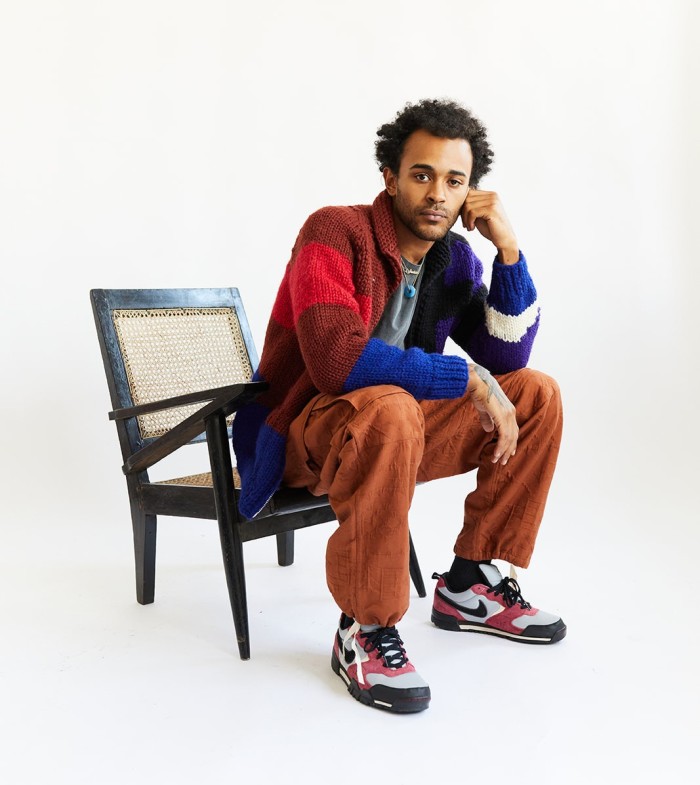
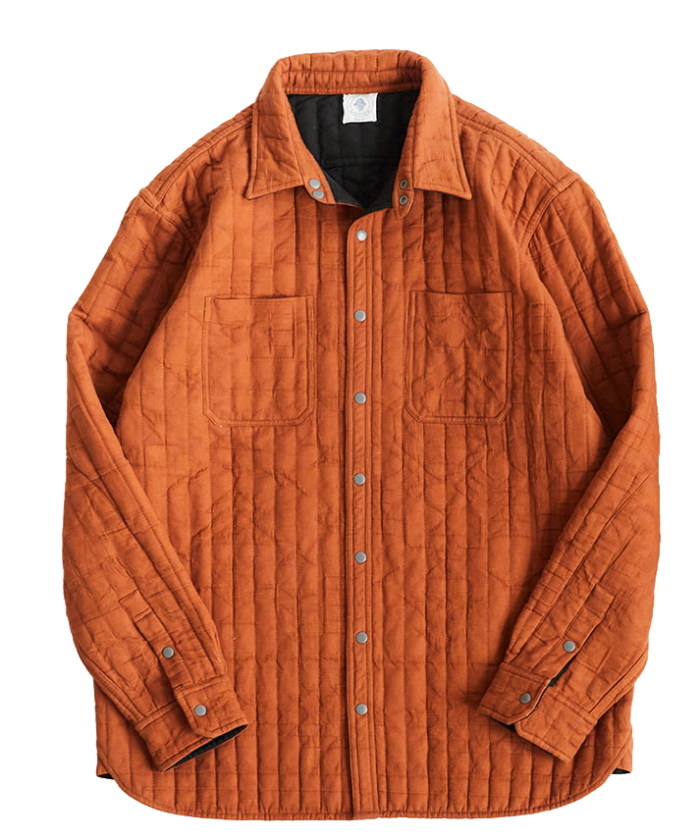
Of course, putting your money where your mouth is in fashion retail is easier said than done. Stocking limited runs of labour-intensive products and taking time out to work on social initiatives makes it harder to scale a brand long term. “At Stòffa, we understand that we’re making it a little harder to buy clothes,” says Madan. “We’re trying to create the easiest made-to-order programmes we can, but we know they’re less easy than buying off the rack. We hope that way, when customers buy from us, it’ll be a considered purchase and not a guilty pleasure.” Unsurprisingly, Babenzien views his work in much the same way – the end game for Noah isn’t about scale. “Honestly, I don’t make things difficult for my team by design,” he says. “It just so happens that doing things the right way is always more difficult than taking the easy route – it’s a fact of life. Otherwise, there’d be a lot of da Vincis in the world.”
“I’m really looking forward to going further with our messaging, because it feels like we’re reaching a place where more people are ready to listen,” he continues. “Right now, I’m more excited about the conversations we can have than the products we make.”
Comments